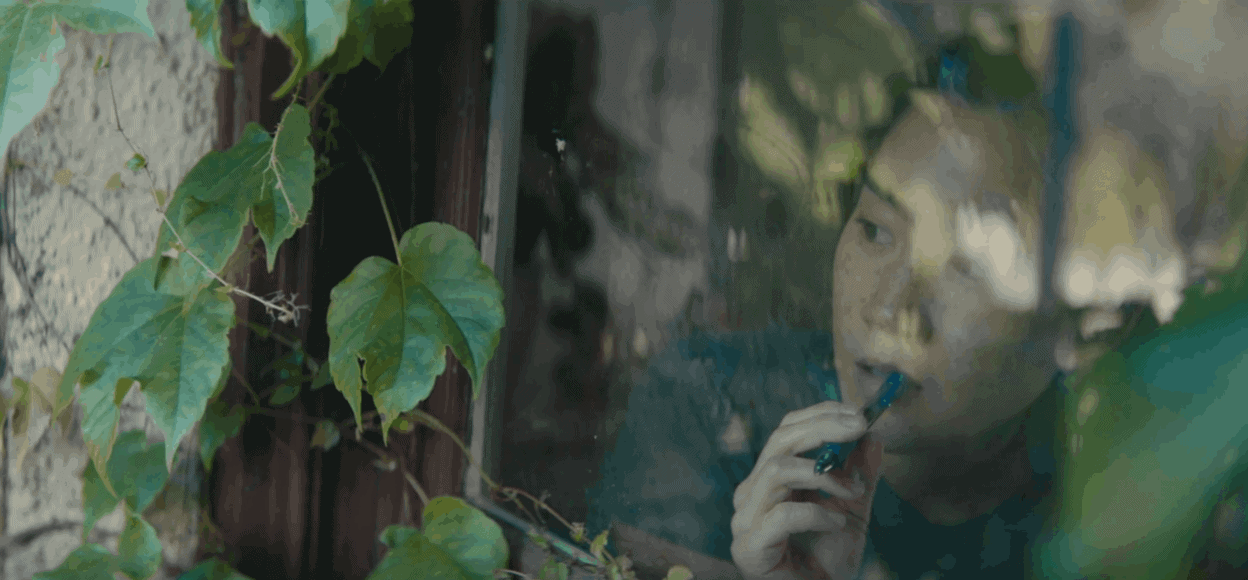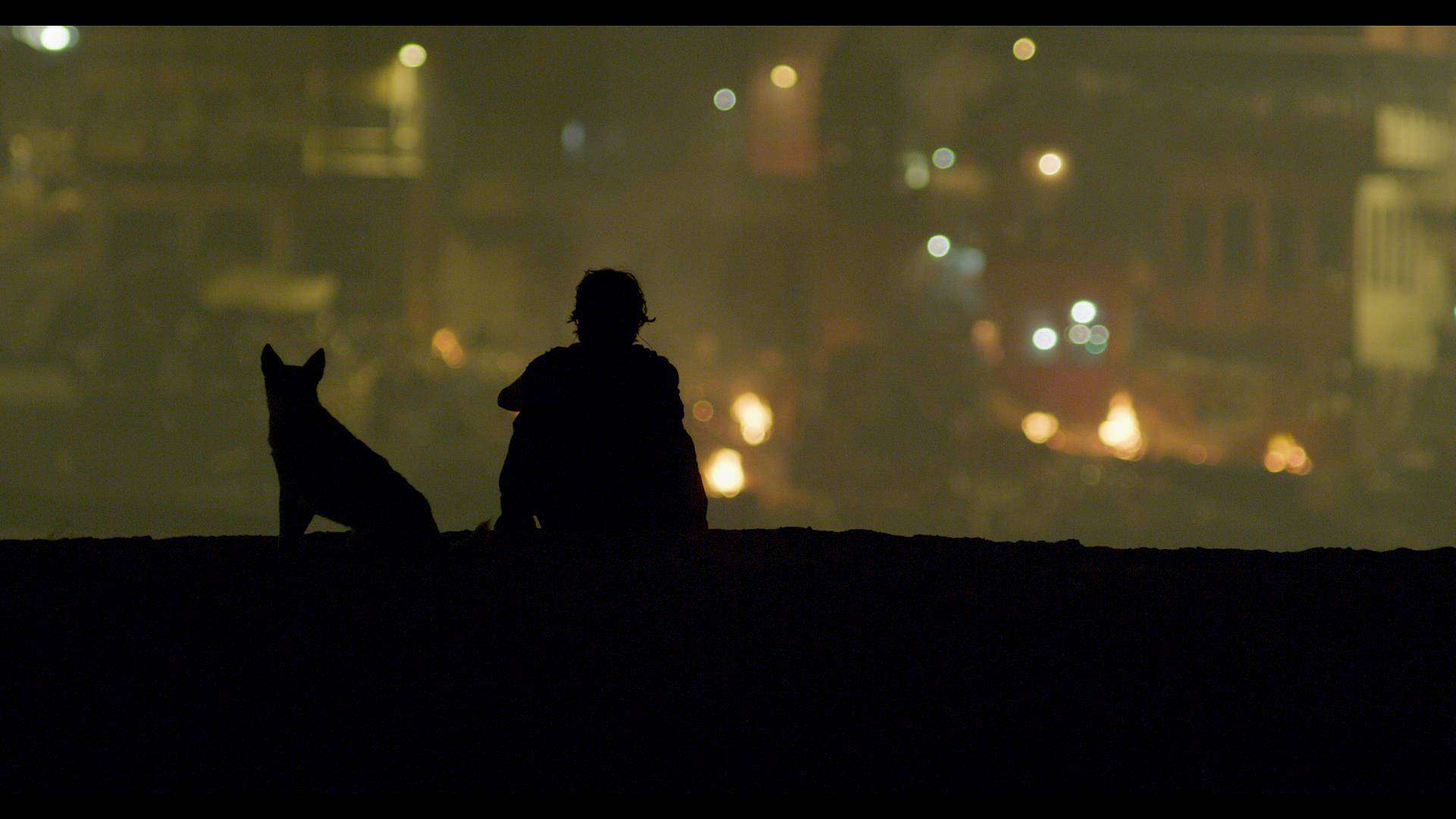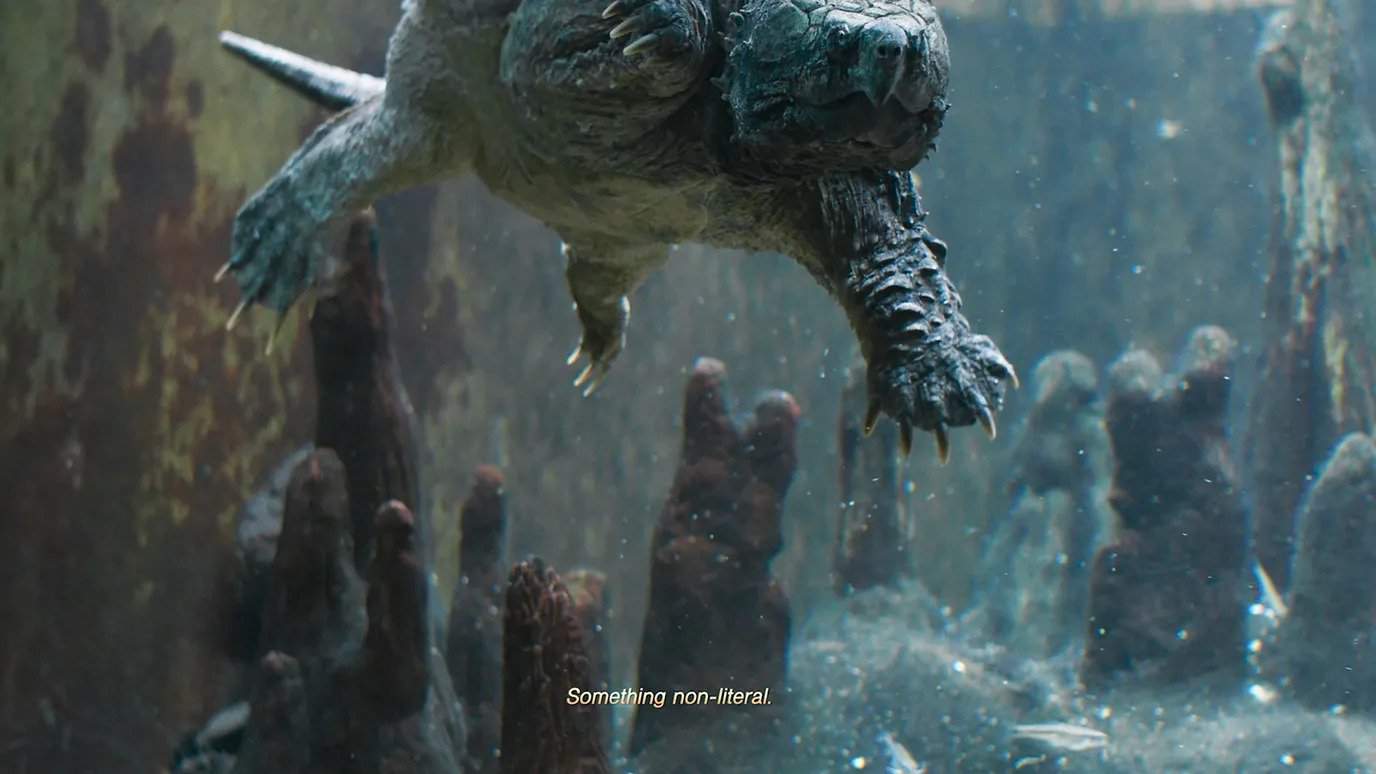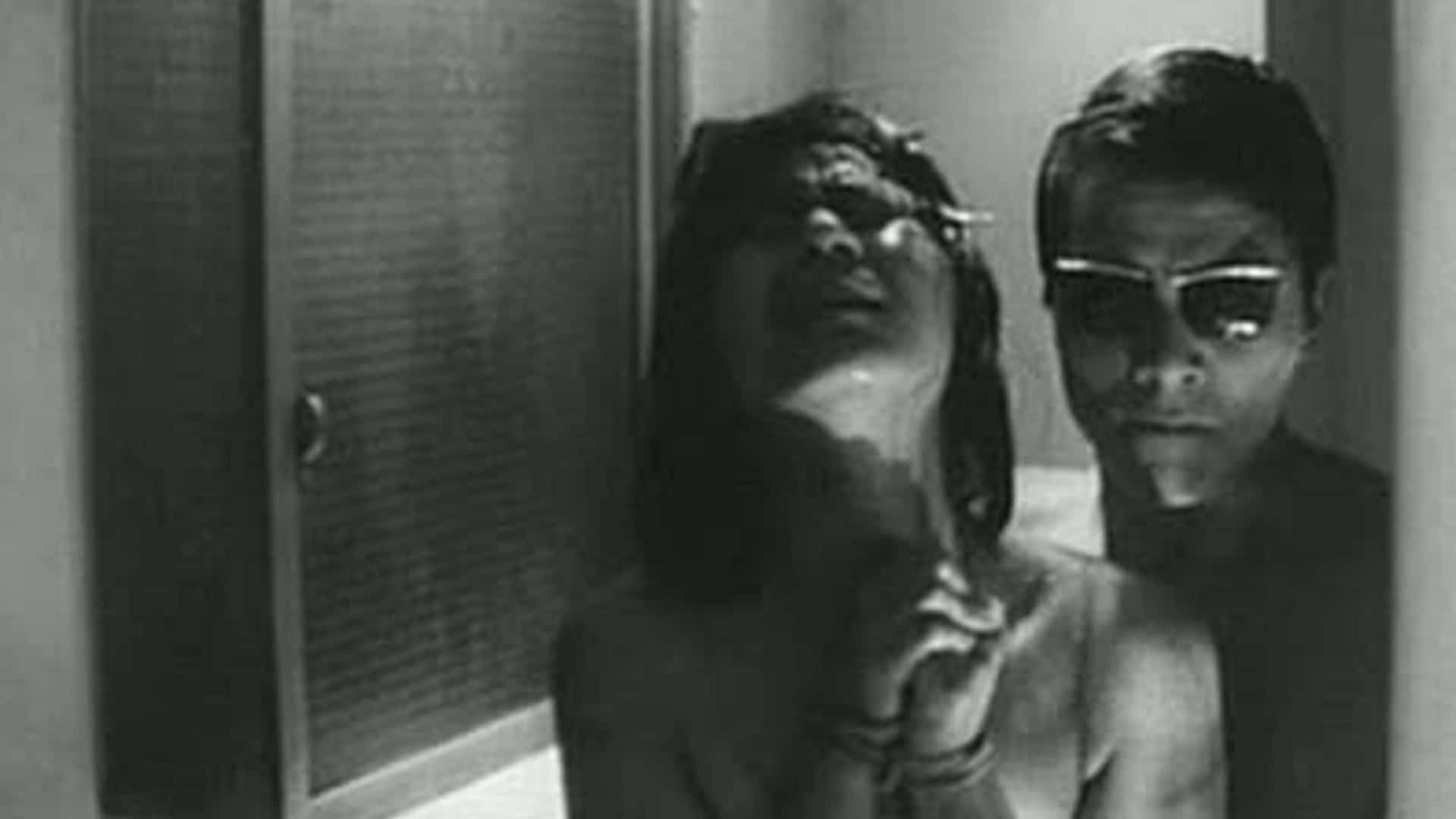When you look at a piece of art, it is a misconception when considering it an object which only tells the story of one particular moment. In fact, if you really delve deep into the image, the characters or the situation it shows, there is not telling of the kind of story (or stories it might tell you), especially when combined with other images or memories. In his short documentary “The Museum of Imagination” on the work of Indian art historian and critic B. N. Guswamy, director Amit Dutta already pointed out how far beyond the canvas the imagination can take you when you are truly invested in the art. Since the documentaries as well as the features he has made are in a way thematically and aesthetically interconnected, it was perhaps only a matter if time before Dutta would return to the concept of the “museum of imagination”, a phrase used by Guswamy in the interviews he conducted with the scholar.
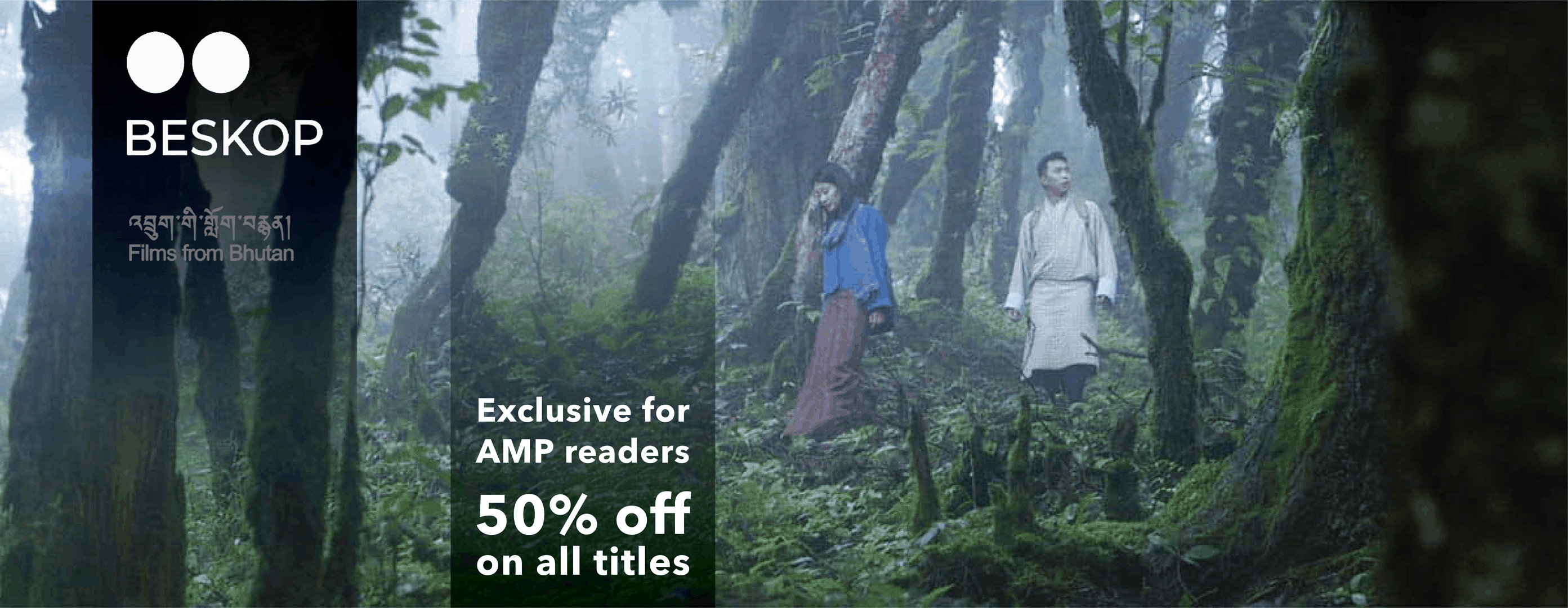
His feature “Chitrashala” or “House of Paintings” takes place in a museum which shows a vast variety of miniature paintings, all of which created in the Himalayan region. Being a former palace, it overlooks the town close by, as well as providing a beautiful look at the scenery while the spectator can witness the richness of miniature art. Over the course of the feature, the camera in a way imitates the perspective of the visitor, looking at the various paintings from different angles, while also marveling at the landscape outside until a change of weather suddenly changes the mood and atmosphere in the museum. All of a sudden, the various scenes, images and characters in the paintings seem to blur into each other, creating a variety of new stories and moments.
In many ways, what Dutta manages to do in “Chitrashala” may be a precursor to what Abbas Kiarostami presents in his last feature “24 Frames”. While the first half of the documentary mimics a visitor walking through the halls of the museum and looking at the paintings, the other half makes the images come to life, with various characters and items from some of the paintings disappearing only to then reappear in others, creating a different, unique story and moment captured within the frame. Supported by Dutta's wonderful sound design, the paintings truly come to life with, for example, distant chatter or the sound of hoofs giving the impression of a lively market place, a scene at a court or a battle.
Coming back to the concept of the “museum of imagination”, Dutta succeeds in giving his viewer an insight into the kind of stories these images can tell in the viewer's mind, while also considering the environment – the museum, the weather, the light – as integral parts when it comes to create a story and therefore, a unique personal meaning for each of these moments.
Finally, “Chitrashala” is another proof for Amit Dutta's great talent in highlighting the value of art for the viewer, how it can come to live in the spectator's imagination as a combination of many factors. Through its great sound design and creative approach, this short feature will likely strike a chord with those viewers keen on not only seeing, but indeed wanting to experience art.



